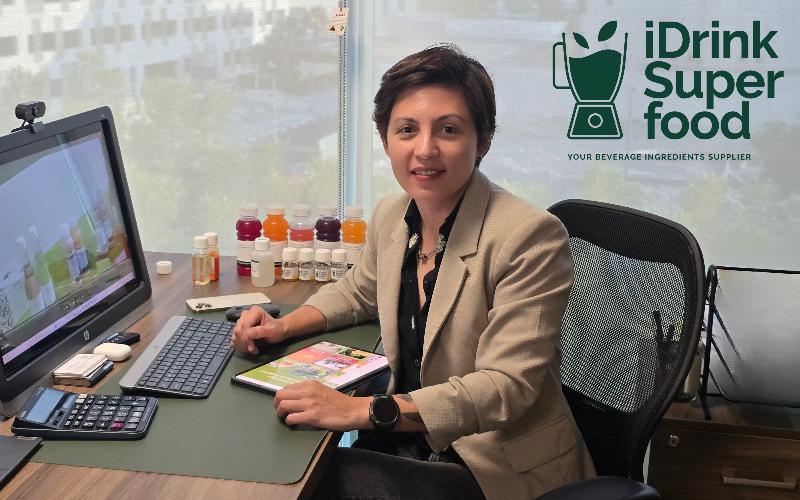Dairy Blends Market Poised for Growth with a CAGR of 3.93% by 2030
Sourse: www.globenewswire.com
The global dairy blends market is projected to grow from USD 2.73 billion in 2024 to USD 3.44 billion by 2030, driven by a CAGR of 3.93%.

The report on the global dairy blends market provides comprehensive insights into a highly competitive landscape, with 24 major vendors vying for market share through product innovation and strategic partnerships. Household names like Fonterra Co-operative Group and Nestle are part of this race, each investing heavily in R&D to meet the consumer demand for functional, clean-label products.
Rising disposable incomes and urbanization in the Asia-Pacific region are powering substantial growth, particularly in China and India, where dairy holds cultural significance. The need for convenient and fortified dairy solutions is expanding in areas such as infant nutrition and sports drinks.
Companies are innovating with diverse flavors, including fruit-infused and dessert-inspired options, and are integrating dairy blends into non-traditional applications like plant-based meats and pet nutrition. This trend is complemented by a growing health consciousness, which is driving the rise of high-protein, low-fat dairy products.
Despite growth prospects, the industry faces regulatory challenges with stringent safety and labeling requirements in key markets like the U.S. and EU. Compounding these issues are the global food safety standards that restrict certain ingredients, necessitating reformulation efforts by manufacturers eager to meet international criteria.
Rising disposable incomes and urbanization in the Asia-Pacific region are powering substantial growth, particularly in China and India, where dairy holds cultural significance. The need for convenient and fortified dairy solutions is expanding in areas such as infant nutrition and sports drinks.
Companies are innovating with diverse flavors, including fruit-infused and dessert-inspired options, and are integrating dairy blends into non-traditional applications like plant-based meats and pet nutrition. This trend is complemented by a growing health consciousness, which is driving the rise of high-protein, low-fat dairy products.
Despite growth prospects, the industry faces regulatory challenges with stringent safety and labeling requirements in key markets like the U.S. and EU. Compounding these issues are the global food safety standards that restrict certain ingredients, necessitating reformulation efforts by manufacturers eager to meet international criteria.











